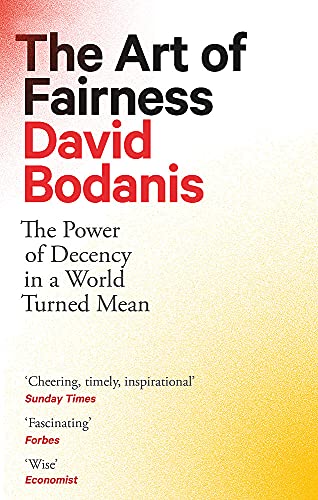Paperback, 336 pages
English language
Published April 3, 2021 by Little, Brown Book Group Limited.

Paperback, 336 pages
English language
Published April 3, 2021 by Little, Brown Book Group Limited.
From a New York Times bestselling author, a fresh and detail-rich argument that the best way to lead is to be fair
Can you succeed without being a terrible person? We often think recognizing that, as the old saying has it, “nice guys finish last.” But does that mean you have to go to the other extreme and be a bully or Machiavellian to get anything done?
In The Art of Fairness , bestselling author David Bodanis uses thrilling case studies to show there's a better path, leading neatly in between. He reveals how it was fairness, applied with skill, that led the Empire State Building to be constructed in barely a year––and how the same techniques brought a quiet English debutante to become an acclaimed jungle guerrilla fighter. In ten vivid profiles featuring pilots, presidents, and even the producer of Game of Thrones , we see that …
From a New York Times bestselling author, a fresh and detail-rich argument that the best way to lead is to be fair
Can you succeed without being a terrible person? We often think recognizing that, as the old saying has it, “nice guys finish last.” But does that mean you have to go to the other extreme and be a bully or Machiavellian to get anything done?
In The Art of Fairness , bestselling author David Bodanis uses thrilling case studies to show there's a better path, leading neatly in between. He reveals how it was fairness, applied with skill, that led the Empire State Building to be constructed in barely a year––and how the same techniques brought a quiet English debutante to become an acclaimed jungle guerrilla fighter. In ten vivid profiles featuring pilots, presidents, and even the producer of Game of Thrones , we see that the path to greatness doesn't require crushing displays of power or tyrannical ego. Simple fair decency can prevail.
With surprising insights from across history––including the downfall of the very man who popularized the phrase “nice guys finish last”–– The Art of Fairness charts a refreshing and sustainable new approach to cultivating integrity and influence.